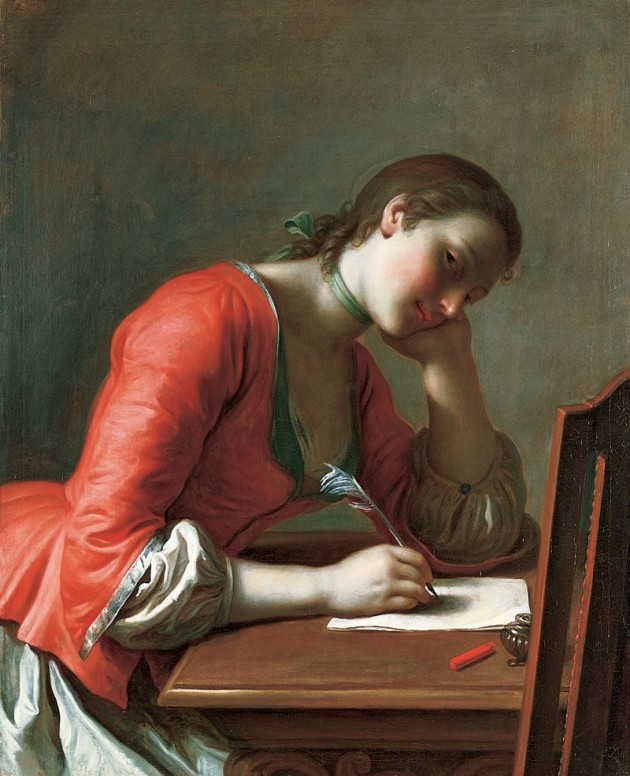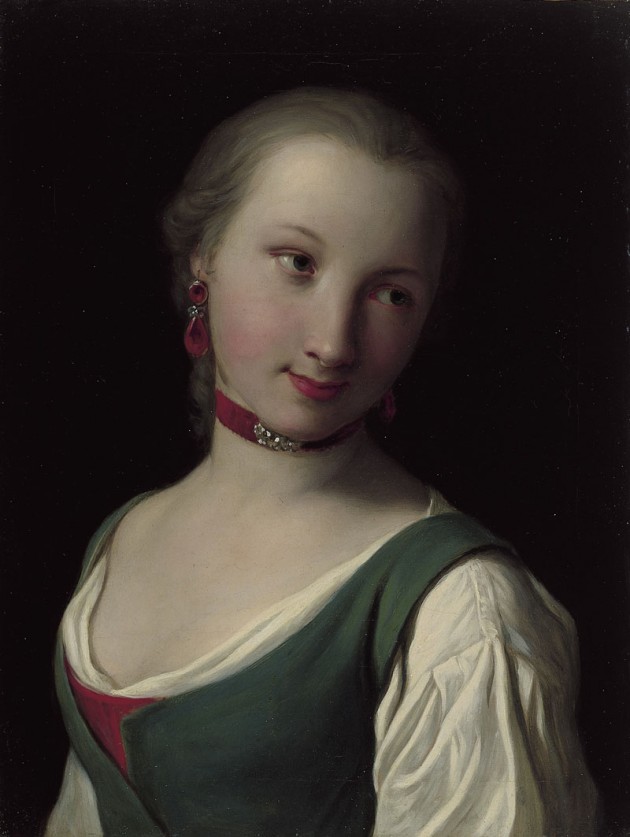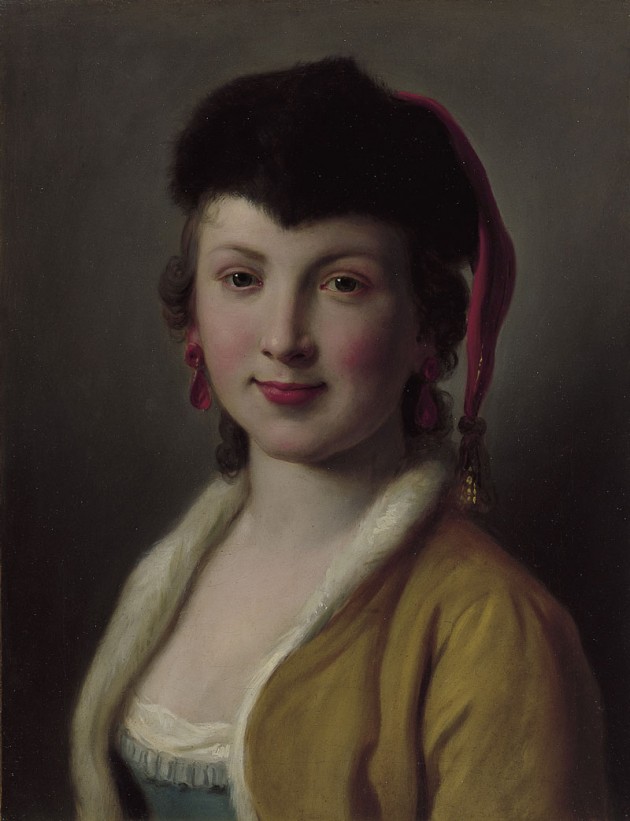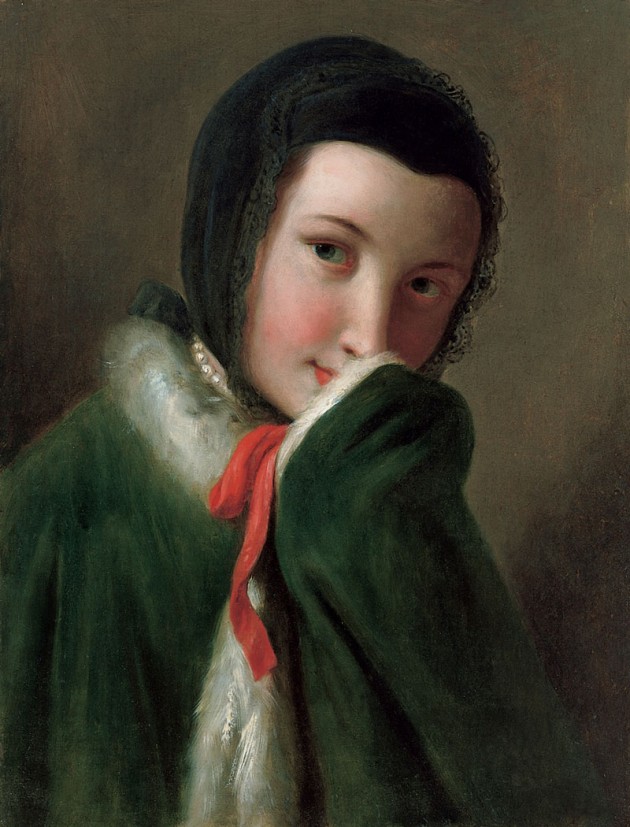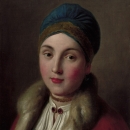Serial Flirtations: Rotari’s Muses
The Norton Simon Museum presents an exhibition that looks at the 18th-century painter Pietro Rotari (1707–1762), whose work somewhat unintentionally fell into the category of serial art during his late period, when he lived in Russia. Rotari began his career in his hometown of Verona. As he gained recognition, he traveled widely throughout Italy, studying the works of Venetian, Roman and Neapolitan artists. In these early years, he painted primarily religious and mythological subjects. But by 1750, when he was called to Vienna to work for Empress Maria Theresa, and then Dresden, where he was summoned by King Augustus III, his attention would turn to painting bust-length portraits of elegant members of their courts. In 1755, Rotari was summoned by Empress Elizabeth of Russia to work in St. Petersburg, where he and his prolific studio would produce hundreds of depictions of young girls, all of them demonstrating varying degrees of emotion—subtle, but clearly legible. The painter’s virtuosity for such work earned him great acclaim, both for his talents and his prodigious output.
Not until after Rotari’s death were his works seen in the light of seriality. Sometimes hundreds of his paintings would be installed on one wall, from ceiling to floor, like a contact sheet of photographs from a modeling agency session. While some of his portraits in Dresden may already have been seen as tiles of a larger mosaic, Catherine II’s purchase of 300 paintings by Rotari and his students for her “Cabinet of the Muses” at the Peterhof Palace and her other residences sealed Rotari’s fame as a painter of character heads.
Eight paintings attributed to Rotari and his studio, including his iconic Young Girl Writing a Love Letter, are assembled in the Museum’s small rotating exhibition space adjacent to the entrance gallery. Six rarely displayed character studies, all of which were returned to his family after the artist’s death in St. Petersburg and retained until the 1970s by the Cartolari family, his heirs, are featured as a set. As a whole, the installation commemorates Rotari’s inclination to summon his muses and celebrates the 310th anniversary of the artist’s birth.

